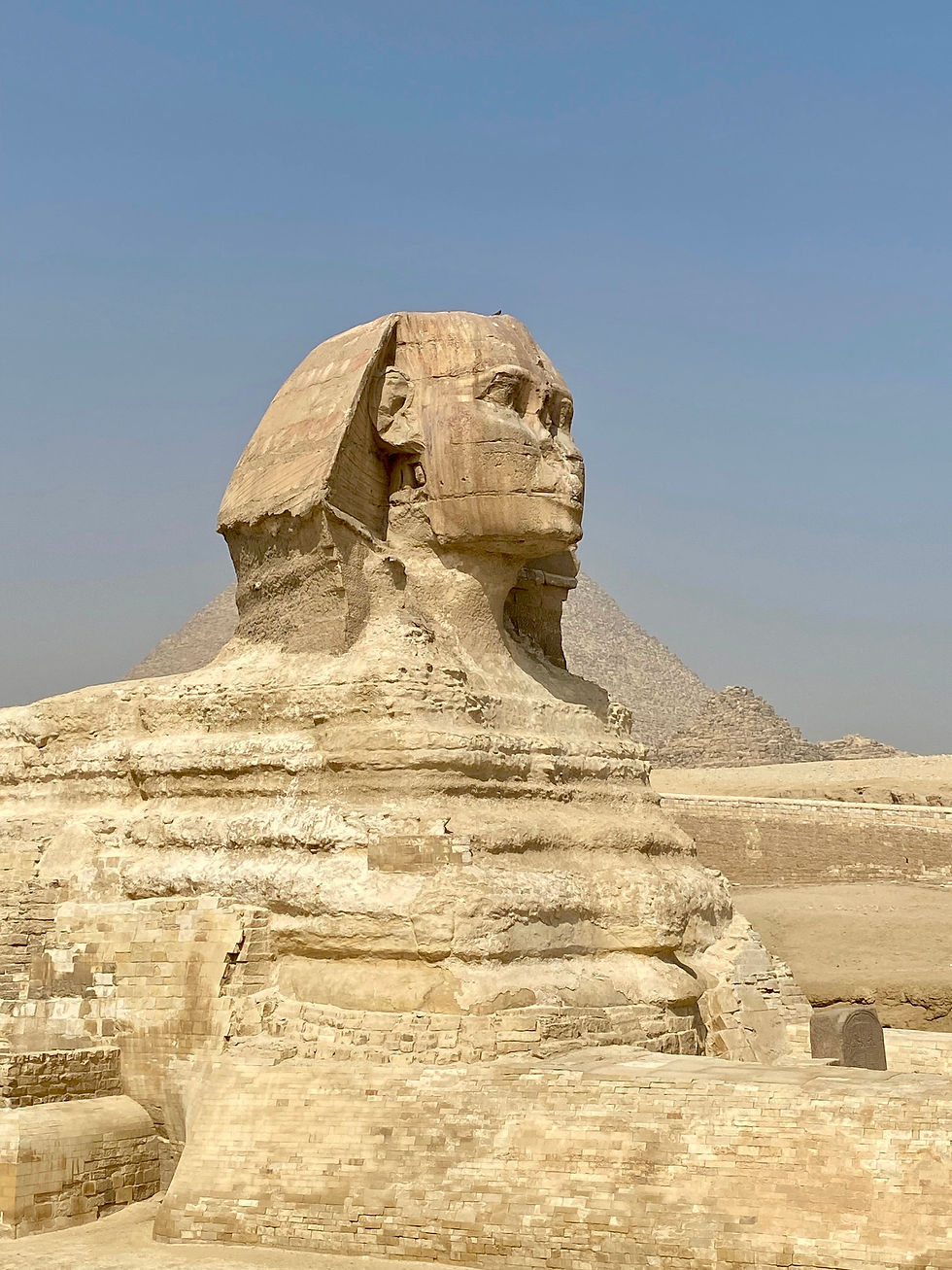2016 Searching For de République el Norte
- Andre Schwager

- Apr 19, 2016
- 4 min read
It’s Spring! It’s the time of year we enjoy getting out into nature – no snow, no crowds, everything is fresh and reborn. We are planning to travel through the Southwest for the next three weeks. Our route is a loop that goes as far east as San Antonio and as far north as Santa Fe. The plan is to spend two or three days in some locations, exploring the surrounding area. Our travel home(pick-up truck and small Airstream trailer) is loaded and ready. We look forward to living outside – cooking, eating, enjoying a campfire, hiking to hidden lakes, sipping a glass of wine, and looking up at a sky filled with stars. It’s a very quieting, simple life.

However, I realized long ago that learning and experiencing new things is an essential component for me to be happy. During our last journey through the Southwest, we focused on Indian cultures and the early West, visiting numerous ruins and historical sites.
Borrowing a quote from Marcel Proust (early 20th century French novelist), “The voyage of discovery is not in seeking new landscapes but in having new eyes.” How might ‘new eyes’ see the Southwestern states of Arizona, New Mexico, Texas and Southern California differently? Picking up this ‘object’ and looking at it from different directions and angles, I came across a view that immediately captured my interest and resonated with my observations – viewing the United States and North America as a set of separate nations. Two of the more recent treatise included: American Nations, by Colin Woodard in 2011, and The Nine Nations of North America by Joel Garreau, a columnist for the Washington Post, in 1981. Neither works would attest to being a rigorous anthropological study… but their propositions made sense, and rang true for me. I found the first to be the more contemporary, hence will use its nomenclature. In Woodard’s view, a Nation has borders defined as a group of people with an epicenter of common values, cultural features, language, and historical experiences. Below is his map that divides North America into 11 nations, with nine encompassing the contiguous mainland states. So for this trip we’ll concentrate on El Norte (light blue)…. and save the other nations for some future trip. While we may see things we’ve seen before, will our ‘new eyes’ see something new?

Our trip starts in The Left Coast Nation, traveling through a corner of the Far West Nation, but spending most of our time in the nation of El Norte. So while I’ll mention some contrasting features, the focus will be on El Norte.
El Norte’s history dates back to the 16th century when the Spanish claimed this territory, making it the oldest of the Euro-American nations. Their incursion into North America extended as far as the East coast where they established St. Augustine, Florida, the oldest European settlement in the US. As Spain’s world power waned, they pulled back and concentrated in El Norte. The territories on both sides of the border between the United States and Mexico have formed a single norteno culture. Referring to the map above, El Norte is a swatch of land that extends from the Pacific Ocean to the Gulf of Mexico, with the Southern portions of California, Arizona, New Mexico, and Texas forming the northern half of El Norte. It includes several major US cities such Los Angeles, Phoenix, Tucson, Albuquerque, Santa Fe, San Antonio, Houston, and Austin. Many view this area as different from the rest of the US, with a strong alignment of language (Hispanic), religion (Catholic), customs, culture, economics, and even food with Mexico.
The northern parts of the bordering Mexican states of Baja, Sonora, Chihuahau, Coahulla, Nuevo Leon, and Tamaulipas, form the southern half of El Norte. Mexico considers their northern border states as too Americanized – not really Mexican. They are perceived as being too independent, adaptable, work-centered, with a democratic bias, and consequently quite different from rest of Mexico, which is more densely populated and hierarchical in social structure and government.
Considering that the US-Mexican border is somewhat arbitrary, it is not dissimilar to the separation of Cold War Germany, into West Germany and East Germany, reinforced in part by a physical wall. As history has proven, the wall and separation could not subdue the gravitational pull of culture, language, and history towards a unified German nation. (Sound familiar? Trump’s beautiful 20-foot wall, that Mexico will pay for?) El Norte appears to be a successful conjoining of Anglo and Spanish America. Arguably, it is now the most powerful ‘nation’ in America, surpassing the historic powerhouse – The Yankeedom nation (darker blue in the map above). Some predictions hold that the two halves of El Norte will unify into a single nation by the end of this century.
So as we head out, it will be interesting to see whether there is a common culture, and how that may affect their position on current international events (terrorism, refugees, etc.), on the national election, and on the social issues such as immigration, women’s rights, and voting rights. How would we expect the area to behave in the future? We leave Sunday morning!





Comments